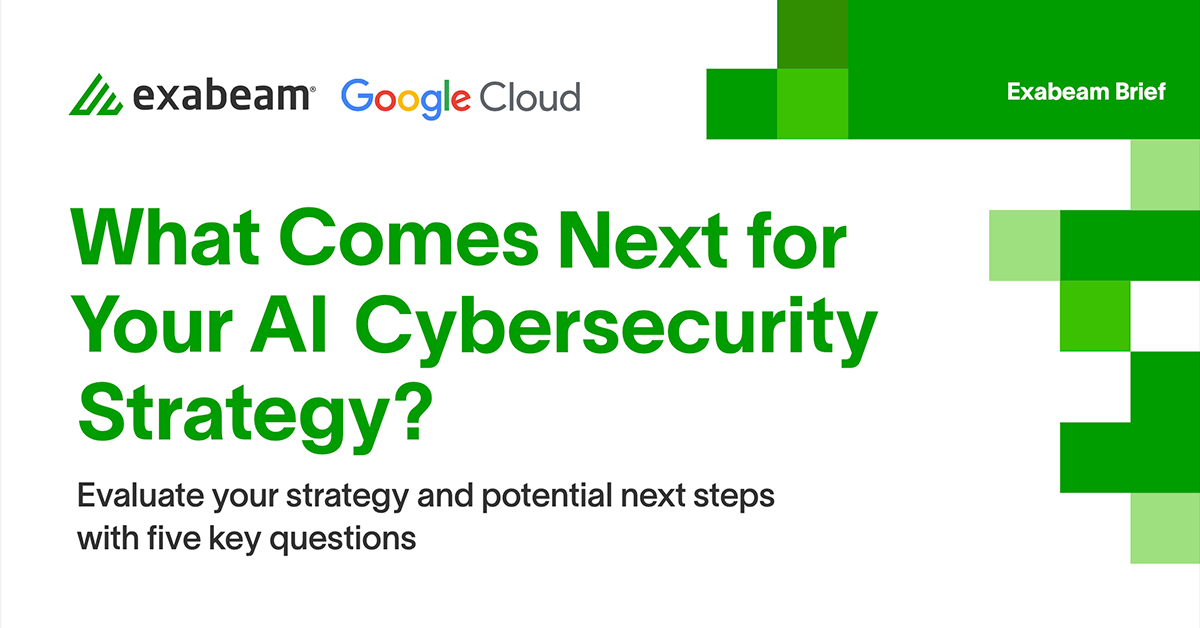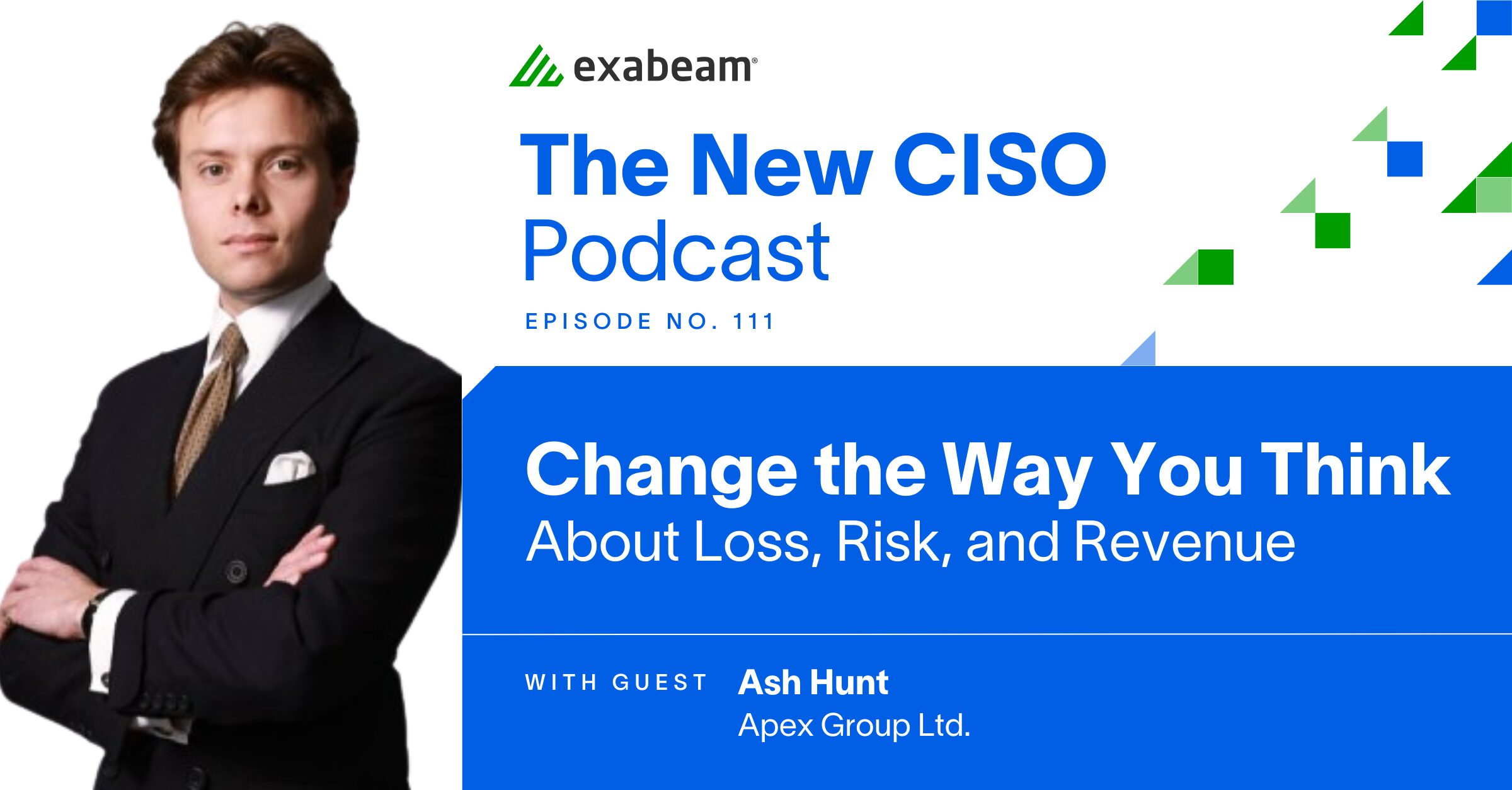Cloud Security Explainers:
Cloud Security Audits: Step By Step
What is a Cloud Security Audit?
A cloud audit is a test of a cloud environment, typically conducted by an independent third-party. During an audit, the auditor gathers evidence via physical inspection, inquiry, observation, re-performance, or analytics.
Cloud security audits commonly focus on an organization’s security controls – these are the operational, procedural, or technical protections an organization uses to safeguard the integrity and confidentiality of its information systems. In the cloud, an auditor may evaluate which security controls exist, whether they are implemented correctly, whether they are working as expected, and how effective they are at mitigating threats.
In addition, a cloud security audit typically verifies that cloud systems are aligned with the specific requirements of regulations, industry standards, or security benchmarks.
Benefits of Cloud Security Audits
Here are a few ways in which security audits can improve the security of your cloud environment:
- Overseeing access control – employees join and leave the organization and personnel move to new roles and departments. A security audit can ensure that access control is managed responsibly, for example ensuring that access is revoked when employees leave, and that new employees are granted minimal privileges.
- Secure access to the cloud – a cloud security audit can help verify that employees and other users access cloud systems in a secure manner – for example, using a VPN over an encrypted channel.
- Security of APIs and third-party tools – most cloud environments use a large variety of APIs and third-party technologies. Every API or third-party tool is a potential security risk. Audits can identify security weaknesses in APIs and tools and help the organization remediate them.
- Verifying backup strategies – the cloud makes it easy to perform backups. However, this is only effective if an organization’s cloud platform is configured to carry out the backups regularly. An audit can ensure that the organization is performing backups for all critical systems, and adopting security measures to safeguard those backups.
Related content: Read our explainer on Cloud Security Controls.
Cloud Security Auditing Challenges
Here are a few key challenges that can make cloud security audits more difficult, and how to overcome them.
Transparency
In a cloud environment, cloud providers control most of the operational and forensic data. This data is critical for auditing purposes. Audits must have a comprehensive inventory of cloud resources and data, access to security policies, and direct access to relevant forensic data. This requires coordination with cloud providers and the organization’s IT operations staff.
Encryption
There are a two main options for encrypting data in the cloud:
- You can encrypt data on-premises and then send it to the cloud, but this runs the risk of rogue insiders abusing their privileges.
- You can leave encryption to the cloud provider, but then you will be at risk of breaches within the cloud provider’s environment.
From an auditing perspective, it is almost always better to encrypt data on-premise and manage encryption keys in-house. Auditing can be extremely difficult, even impossible in some cases, if encryption keys are managed by the cloud provider. The PCI DSS Cloud Special Interest Group encourages organizations to store and manage encryption keys independently from the cloud provider.
Colocation
In a cloud environment, it is very common for several environments to share the same physical systems. This creates security issues and makes it more difficult to audit the physical environment. If it is not possible to run services on physically separate devices, the cloud provider must provide proof that it can prevent any user of the system from gaining administrative privileges on the machine.
Scale, Scope, and Complexity
In a traditional data center, there was a finite number of servers, which auditors could review and report on. In a cloud environment, there can be exponential growth in the number of audited entities, which may include physical hosts, virtual machines (VMs), managed databases, containers, and serverless functions. It can be very difficult to audit all these entities, especially considering new entities are added and removed on a daily basis.
The key to making a cloud environment auditable is to standardize workloads. For example, if containers are only created using a limited, controlled set of images, auditors can focus their testing on those approved container images. Similarly, VMs should be created from a limited pool of machine images that can be reviewed by auditors.
6 Steps to Conducting a Cloud Security Audit
1. Evaluate the Cloud Provider’s Security Posture
The first step of a cloud security audit is evaluating the cloud provider’s security posture, and establishing a relationship with cloud provider staff to receive the necessary information. As part of your audit, evaluate security procedures and policies, and work to determine the risk inherent in cloud systems, based on reliable data from cloud systems.
2. Determine The Attack Surface
Cloud environments are complex and have low visibility. Use modern cloud monitoring and observability technology to identify the attack surface, prioritize assets at higher risk, and focus remediation efforts.
Understand what applications are running within cloud instances and containers, and whether they are approved by the organization, or represent shadow IT. All workloads must be standardized and must have the appropriate security measures to ensure compliance.
This type of monitoring can address the difficulties of the shared responsibility model, by providing visibility into the security profile of the cloud assets you manage on an ongoing basis.
Related content: Read our guide to cloud security monitoring (coming soon)
3. Set Strong Access Controls
Access management breaches are one of the most prevalent cloud security risks. There are many ways in which credentials to critical cloud resources can fall into the wrong hands. Here are some steps you can take to minimize risk from your side:
- Create strong password standards and policies
- Make multi-factor authentication (MFA) a must
- Limit administrative privileges
- Practice the least privilege principle for all cloud assets
4. Develop External Sharing Standards
You must implement standards for data sharing via shared drives, calendars, files, and folders. The best approach is to begin with the strictest standards and loosen security restrictions if there is a special need.
Folders and files featuring the most sensitive data, including personally identifiable information (PII), financial, and protected medical information (PHI), should not be permitted for external access and sharing, except in special circumstances.
5. Automate Patching
You should regularly patch to ensure your cloud environment is secure. However, mastering patch management can be challenging for security and IT teams. Multiple studies found that it takes organizations over a month on average to patch a security weakness.
The key to effective patching is to prioritize the most important patches, and ensure that critical assets are patched automatically on a regular basis. Complement automation with regular manual reviews to ensure that patching mechanisms are functioning properly.
6. Use SIEM to Standardize Cloud Logs
Security information and event management (SIEM) systems can help organizations comply with many industry standards and regulations. Log management, a function of SIEM, is an industry-standard approach for auditing activity on an IT network. SIEM systems can collect cloud logs in a standardized format, and allow editors to explore log data, and automatically generate reports needed for various compliance standards.
Cloud Security with Exabeam
Even if all-cloud or business transformation initiatives are not in motion, it’s likely your organization will be moving some percentage of operations into the cloud in the near future. Before taking this step, it’s critical to assess how you will go about securing cloud operations by understanding related security and compliance issues. Fortunately, a modern security information and event management (SIEM), and/or extended detection and response (XDR) solution will let your analysts address enterprise cloud security with advanced monitoring, behavioral analytics and automation.
A modern approach automatically collects alert data from across multiple clouds, detects deviations in normal user and entity activity using behavioral analytics, and helps analysts quickly respond to attacks on cloud applications and infrastructure. A Next-Gen SIEM or XDR can help you combat increasingly targeted and complex attacks and insider threats by augmenting other cloud security solutions like Identity and Access Management (IAM), Cloud Access Security Broker (CASB), and Secure Access Service Edge (SASE) solutions to better detect, investigate, and respond to cloud-based attacks, all while minimizing false positives.
As cloud-delivered offerings, Exabeam Fusion SIEM and Exabeam Fusion XDR address cloud security in multiple ways to ensure the protection of sensitive data, applications and infrastructure. As the leader in Next-Gen SIEM and XDR, Exabeam dramatically improves SOC productivity by helping teams detect, investigate and respond to cyberattacks in 51 percent less time than their previous solution. Here are a few of the ways Exabeam is a key player for Cloud Security:
- Collects alert data by direct ingestion from dozens of cloud security tools and popular cloud-based services across multiple enterprise clouds, in addition to hundreds of other products
- Detects new and emerging threats with behavioral analytics
- Provides machine-built timelines to improve analyst productivity and reduce response times by automating incident investigation
- Includes response playbooks using pre-built connectors and hundreds of actions to contain and mitigate threats
- Offers pre-built compliance packages (Exabeam Fusion SIEM)
- Supports detection and investigation by mapping to MITRE ATT&CK models and the availability of the Exabeam Threat Intelligence Service, a daily updated stream of indicators of compromise (IoCs) such as malicious IP addresses and domains
- Augments other cloud security solutions like IAM and CASB to better detect, investigate and respond to cloud-based attacks while minimizing the detection of false positives
Related content: Learn more about Exabeam Fusion SIEM and Fusion XDR.







